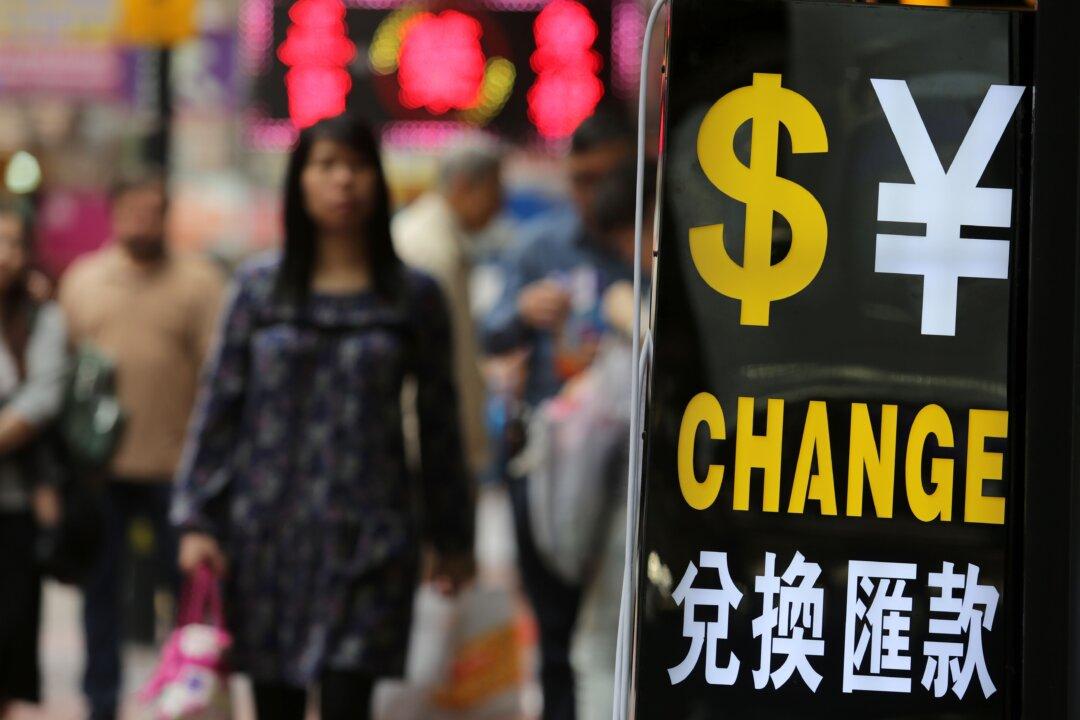China’s currency and foreign exchange reserves have been front page news since the start of 2016 because they impact Western stock markets and economies.
After bleeding almost $100 billion in January to defend the value of its currency against the U.S. dollar, speculating the yuan would fall became a one-way bet.
“Extreme credit growth usually leads to a credit bust,” Mark Hart of Corriente Capital said in an interview with RealVisionTV. He thinks the Chinese currency will drop 50 percent in value this year. To his credit, he got into the trade before everybody else in 2014, but his 50 percent drop scenario hasn’t materialized yet.
Instead, foreign exchange reserves decreased only $29 billion in February (to $3.2 trillion) and investment bank Société Générale thinks they may even increase in March. Likewise, the yuan even went up a little bit against the dollar in 2016.
“The accommodative global sentiment notably reduced depreciation pressure on the Chinese currency, and, as a result, the renminbi (RMB) weakened against a basket of other currencies in March without weakening against the dollar at all,” analysts Wei Yao and Jason Daw write in a note.
However, this may just be a lull in the storm, according to the latest report of the Institute of International Finance (IIF):
“China is likely to continue to face substantial net capital outflows, and there remain concerns that the RMB may at some point be devalued more meaningfully in the face of persistent declining reserves.” The IIF believes outflows could total $530 billion in 2016.






